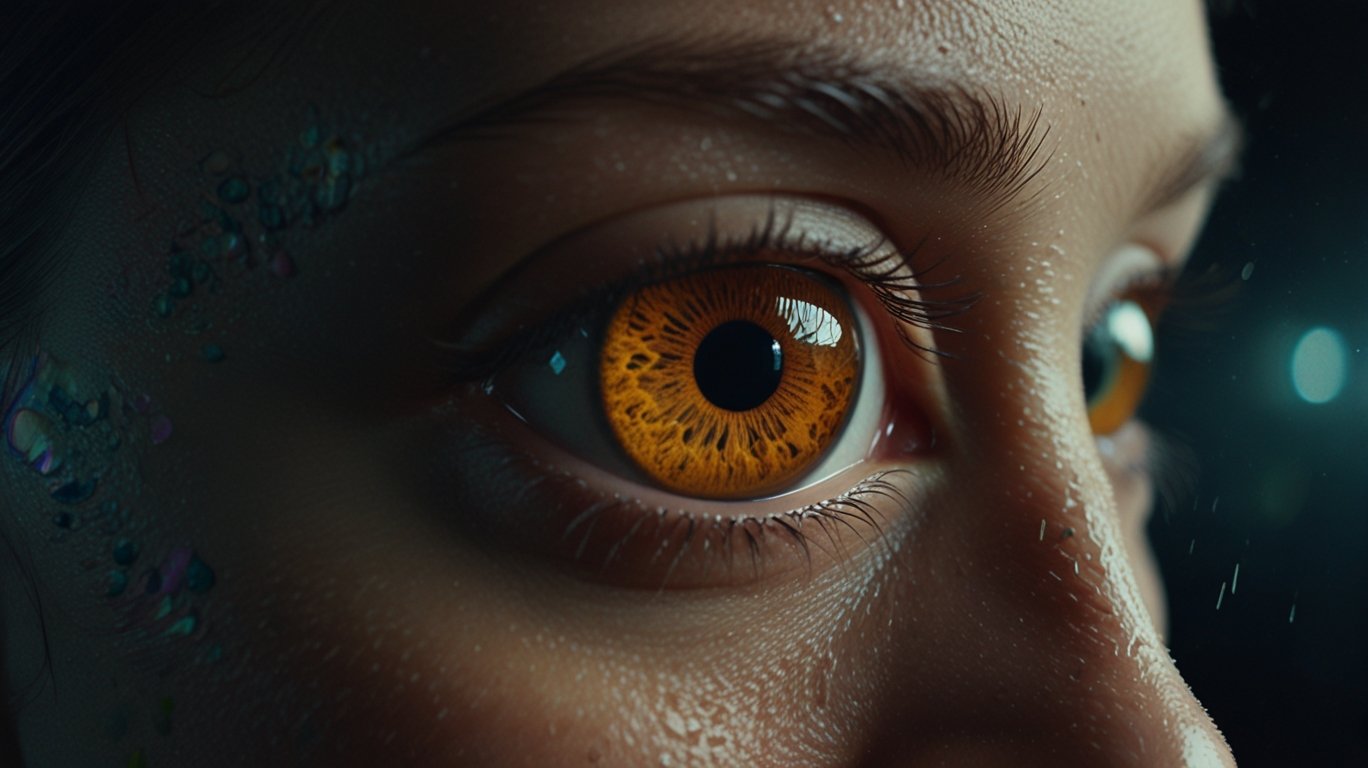Introduction
Understanding the Complex Reality of Cataracts
Cataracts are a prevalent ocular condition affecting vision, commonly associated with aging though not exclusive to older individuals. Does everyone have cataracts presents a profound question regarding the pervasiveness and certainty of developing this clouding of the lens. In this article, we explore early symptomatology, preventative strategies, and proactive steps if signs manifest.
What Are Cataracts and How Do They Form?
A cataract cloudifies the normally translucent lens, impairing light’s passage to the retina and diminishing sight. Protein conglomerates obscure the lens over time due to various influential factors such as genetics, trauma, radiation exposure, and simply aging. While predominating in elderly populations as age related cataracts, they can also impact younger demographics.
Does Everyone Inevitably Develop Cataracts?
Cataracts are pervasive yet not an unavoidable certainty for all. Genetic predispositions, lifestyle habits, and environmental exposures significantly impact one’s vulnerability and timeline. That said, risk exponentially grows with advancing age by 80, over half of Americans have undergone surgery or currently have a cataract.
Early Symptom Precursors to Monitor Attentively
Recognizing nascent symptomatology allows timely intervention. Potential warning signs include:
1. Blurred or Hazy Vision: A cataract’s initial visual obstruction manifests as foggy sight, resembling viewing the world through a misty pane.
2. Difficulty Seeing at Night: Cataracts can make it challenging to see in low-light conditions. You may notice increased glare and halos around lights, especially at night, slowing your pace.
3. Sensitivity to Light: People with early cataracts often experience a sharp sensitivity to light and glare, which can cause temporary discomfort in bright spaces.
4. Fading or Yellowing of Colors: Colors may appear less vibrant, blending into one another, as cataracts gradually discolor the lens within.
5. Double Vision in One Eye: This peculiar symptom emerges when a cataract distorts incoming light, splitting your vision even when one eye remains shut.

What Is the Initial Indication of Cataracts?
The initial sign of cataracts is commonly a gentle blurring of vision that progressively intensifies. It may not be immediately apparent, yet over time, you might find reading or distinguishing far objects clearly grows increasingly difficult. Regular eye exams can help identify cataracts early, before symptoms fully surface.
How to Avoid Cataracts?
The development pace of cataracts varies between individuals. Some cataracts form leisurely over years, while others can progress more rapidly, especially those caused by trauma or specific health conditions like diabetes. It’s prudent to monitor any changes in your vision and seek an eye specialist if you notice changes.
How to Reduce Cataracts
While some risk factors like age and genetics cannot be altered, there are several steps you can take to reduce your risk of developing cataracts:
Shield Your Eyes from UV Radiation:
Wear sunglasses that block 100% of UVA and UVB rays to protect your eyes from harmful sunlight, which can accelerate cataract formation.
Maintaining a healthy diet is essential for eye health:
Consuming foods rich in antioxidants such as leafy greens, colorful fruits and non-starchy vegetables can help shield the eyes from damage. Key nutrients that nourish the eyes include vitamin C, vitamin E and omega-3 fatty acids.
Next, eliminating unhealthy habits can significantly lower risks. Quitting smoking and curbing alcohol consumption are known to prevent cataract system, as these activities are linked to accelerated aging of the lenses. Improving lifestyle allows one to take control of their vision as they age.
Furthermore, managing preexisting medical issues makes a difference. For instance, keeping diabetes under control is important because high blood sugar levels over the long term increases sensitivity to cataract development. Proper management of health allows one to confront age related risks proactively.
Regular comprehensive eye exams also play a pivotal role in protection. Routine checkups by an ophthalmologist enable early detection and monitoring of any changes, particularly for those with a family history of cataracts. Catching cataract symptoms promptly permits timely clinical response.
Can cataracts spontaneously disappear once formed?
Unfortunately not without treatment, these cloudy lenses will continue worsening, resulting in progressively impaired vision over the years. However, following a health-conscious lifestyle can potentially slow the natural progression in some cases.
What are Signs of Cataracts
It is imperative to schedule an appointment with an eye specialist right away. A comprehensive exam allows customized guidance on next steps whether it be stronger corrective lenses, increased lighting or surgical options. Implementing vision-nurturing habits and closely tracking any changes under medical supervision also facilitates management.
Discuss Treatment Options
If cataracts are significantly impacting your daily life, your eye doctor may recommend cataract surgery. While this procedure involves removing the cloudy lens and replacing it with an artificial one, restoring clear vision, there remain alternative treatment options worth exploring before going under the knife.
Conclusion: Taking Control of Your Eye Health
Cataracts are a common eye condition, but preventable for many. By understanding the early signs and committing to a lifestyle that nourishes both body and mind, you wield power over your ocular fate. Regular exams and nutrient dense meals keep eyes sharp and the soul at ease, primed to intercept trouble before it takes root.



